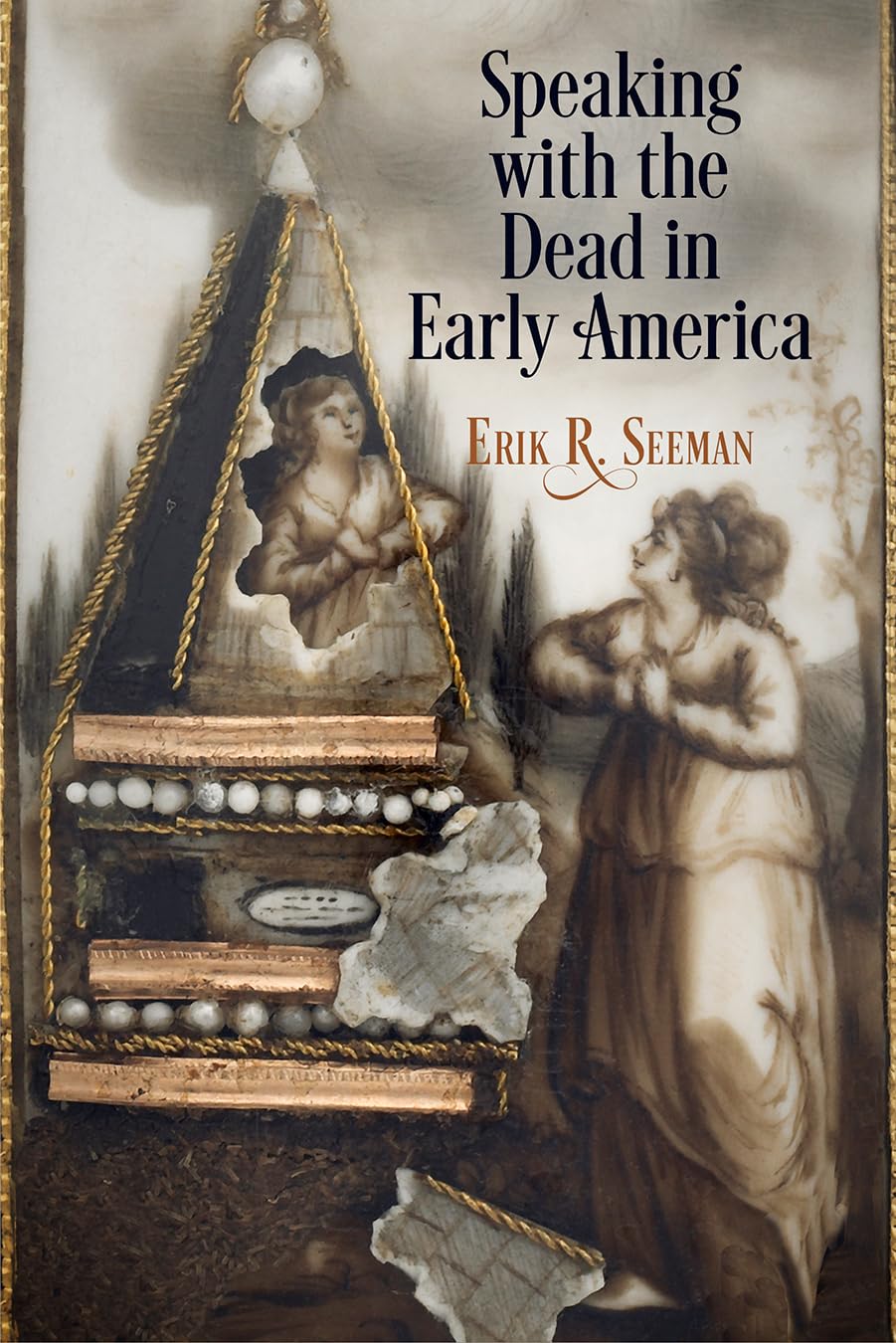JUNTO: Your book recovers the many ways Protestant Americans, especially women, spoke with the dead from the 17th century up to the well-known rise of séance Spiritualism around 1850. What do you think caused previous historians to miss all of this pre-Spiritualism activity? Did the fact that speaking with the dead was a gendered phenomenon lead to this oversight?
ERIK SEEMAN: Yes, gender is definitely a big part of the story. For the complex of beliefs that I call the antebellum cult of the dead, the sources I use are ones historians have largely overlooked: women’s spiritual journals and sentimental literature.
Take, for example, Sally Hersey’s 200-page journal. As far as I can tell no other scholar has ever used it. Who cares about an ordinary woman’s religious musings, right? Yet in that journal are dozens of prayers Hersey composed to her dead son, daughter, and husband. “Dear departed shade,” she addressed her son, “I shall behold the[e] no more in the land of the living.” That’s not how Protestants were supposed to think about the dead.
JUNTO: There is a fascinating section in the book on the conspicuous presence of ghosts and the dead during the Salem Witch Trials. You use this to draw out the 17th century “science of the dead,” as you term it. What was the “science of the dead” and what does this framework tell us about the speaking with the dead in colonial American life?
ERIK SEEMAN: The science of the dead included efforts by minister-scientists such as Joseph Glanvil in England and Increase Mather in Massachusetts to learn about what happened to the soul after death. These ministers feared the ideas of Hobbes and like-minded materialists who were skeptical about whether the soul even existed. Glanvil and Mather felt it was a short step from “Hobbism” to a denial of God’s existence. Therefore, they became active ghost hunters. They sought credible evidence of the supernatural to prove God’s existence.
These highly educated ghost hunters offer some of the best evidence about seventeenth-century ghost belief – not only that such belief was widespread, but also that many ghosts were known to the people who perceived them. Rather than causing terror, familiar ghosts usually offered comfort to the living, like the ghost of a young man who told his mother, “I am happy.” She then knew that he was in heaven.
